Those of you that have followed this site for some time (in its original guise of The Tapestry) will know that initially, I made an early sample of The Chalice available as a free download, way back in 2006. For those that took the opportunity to download and read the sample, I hope you enjoyed it.
There are a number of differences between the sample and the final version that is now available for purchase. Apart from textual revisions and a few extra scenes, there have been several important continuity alterations. The sample was around 3000 words in length while the final version weighs in at just over 18,000 words (or around 117 pages in print). That moves it out of the short-story category, but not into the realms of a novella. I suppose it could be labelled as a novelette if you like giving things labels.

The original post that I made regarding the creation of the story back in 2006 continues below.
Karl Marx once referred to religion as being the opiate of the masses. I’m not certain as to who said it, but football has since become the new religion, the new opiate, of the people (although it may have been replaced by Facebook or Twitter by now). Whoever said did say it certainly spoke the truth, with football stadiums having taken on the role of churches; a place where people can congregate every Sunday to ‘worship’ their team as they do battle against the forces of evil (or in this case, the other team). If you have ever been to a football match, especially a derby, then you’ll understand what I mean. The match is every part a battle! I started work on this short story during the build-up to the 2006 World Cup held in Germany. I finished the first draft on the evening of the start of the world cup when the hosts, Germany, defeated Costa Rica 4-2 in Munich. All in all, it took six evenings to write. I finished the final draft as Group B leaders, England, were preparing for their final group match against Sweden (which they drew 2-2). The original idea for the story came to me after rediscovering some old floppy discs (if you remember/know what they are) that I had stored in a box buried beneath a pile of books. Digging out an old laptop (buried beneath another pile of books) that had a floppy drive I managed to salvage my old notes and essays from university. One file, in particular, was about the history of Sport and the early formation of football.
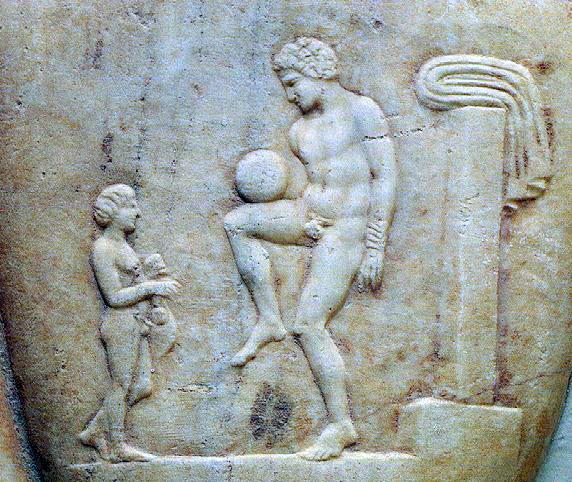
The Ancient Greeks and Romans were first attributed to having played ball games, with the earliest form being that known as Episkyros (ἐπίσκυρος). Known to have been quite violent, the game was played between two teams of around 12-14 players. There is a classic depiction of a Greek athlete balancing a ball on his thigh that has been reproduced on numerous occasions (notably reproduced on the European Cup trophy). The Romans later developed their own game based on the early Greek version called Harpastum. In truth, both versions were more like Rugby than what we know today as football.
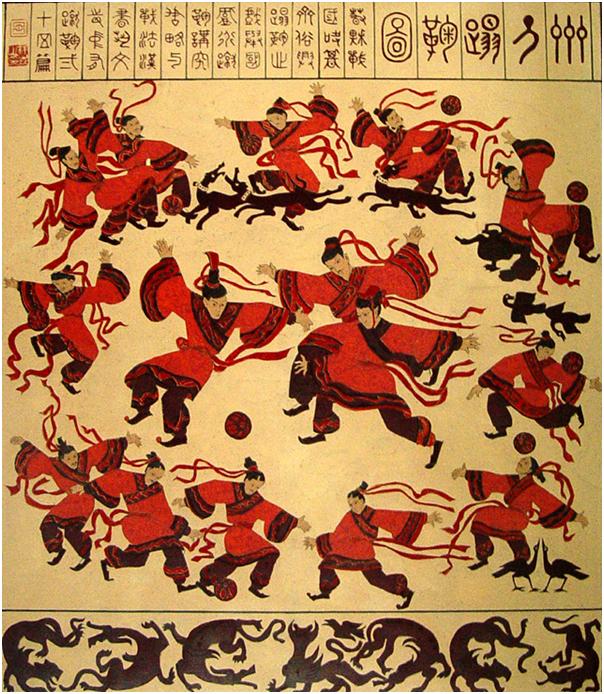
What was interesting though was the mention of a Chinese version known as Cuju (蹴鞠 or “kick ball”) that developed during the 3rd-2nd centuries BC. This ‘sport’ was referenced as an exercise in a military manual and involved kicking a leather ball through a small hole in cloth that had been tied between bamboo canes and suspended above the ground. During my time in Korea, I had seen a variation of this sport called Chuk-gu (축구) where it resembles a game of volleyball played with the feet (usually played on a tennis court with a net).
The notion of ‘football’ being played as a military exercise intrigued me. I was in the process of developing another story that I intended to write entitled Throne of Ice and decided to set The Chalice within the same fantasy setting. The characters seemed to just leap out at me and Sir Duras and his Regiment just seemed perfect for the story. I took this idea of a military exercise and combined it with the more common understanding of what “English” football was.
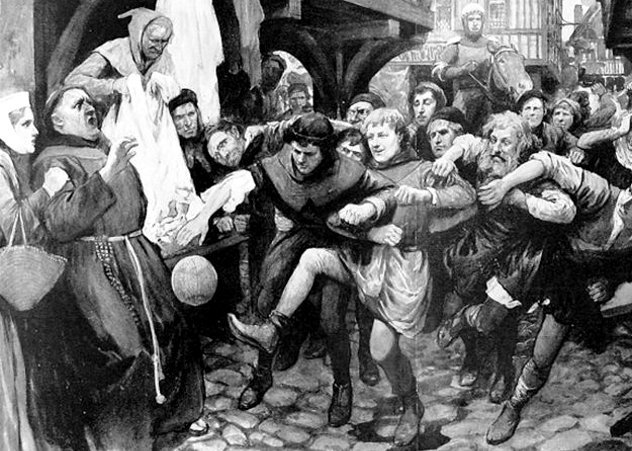
The earliest form of the game in England was referred to as “mob football”, frequently played during the festival of Shrovetide. These games would be played out between neighbouring towns and villages and would be unlimited in the size of teams, often encompassing vast numbers (hence the name “mob football”). The opposing teams would simply clash together with the sole aim to move the ball (an animal bladder) to the opponents’ end of the town or, more commonly, to the oppositions church. The sheer numbers involved and the violence that often ensued has been documented from as early as 1280 and 1321. Needless to say, there were many occasions that led to football being frowned upon and being banned (Edward II banned football in 1314 when he saw the unruly behaviour it encouraged in the city of London).

Despite the version of football we see today, there are still ball games played that resemble this early form of the game. Perhaps the best example is the “Ba’” game contested in the city streets of Kirkwall in Orkney, Scotland. The “Ba” is usually played on Christmas Day and New Year’s Day each year. Basically, the two sides are made up from the “Uppies” and the “Doonies” or “Up-the-Gates” and “Doon-the-Gates” from the Old Norse word “gata” (for path or road – “up the road” or “down the road”); where you were born deciding which side you actually played on. The game itself starts at 1 pm outside the vastly impressive St. Magnus Cathedral when the ba’ is thrown into the scrum of about 200 or so men. The goal is for the “Uppies” to get the ba’ against a wall in the south end of the town of (specifically Mackinson’s corner) whilst the “Doonies” have to get the ba’ into the saltwater of Kirkwall Bay. The winning team then decides their best player with the ba’ being awarded to them before a party is thrown at the champion’s home with an open invitation to all participants. As a quote from the BBC programme Spectrum quite rightly suggested,
It’s not so much a game… more a civil war.
It was this primal essence that I was looking for in the telling of my tale. I, therefore, wrote the story within the same fantasy setting as I intended to use for the novels Shades of Light and Dark and Throne of Ice as the characters seemed to just leap out at me. Sir Duras and his soldiers seemed perfect for a story of two sides battling it out.
The Chalice is set during a period of history in the world of Aria that would come to be known as “The Great War”. This is the war that I often refer to in Throne of Ice (set some years afterwards) which brought about a great many changes to the world and its people; changes that were both good and bad. The Chalice takes place towards the end of that war.

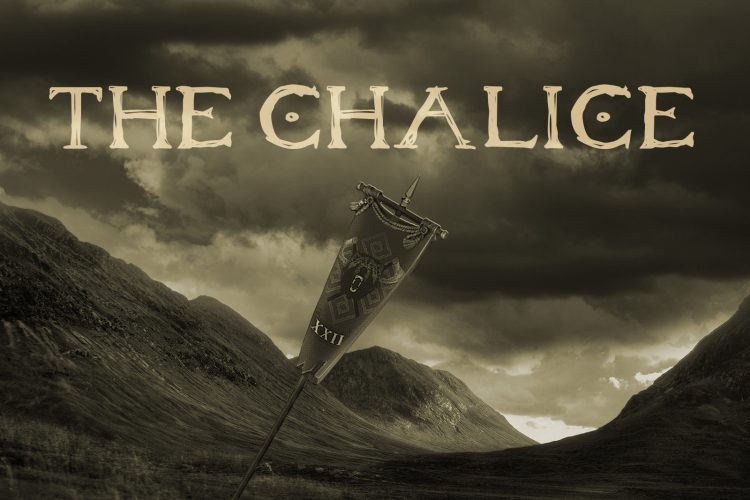

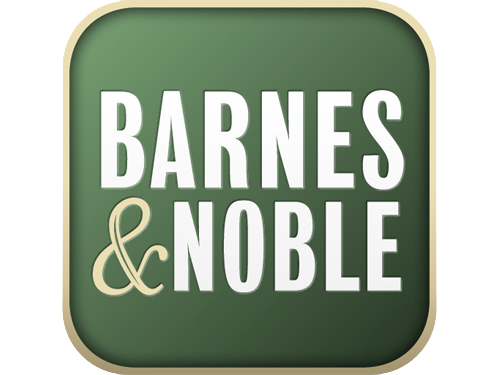






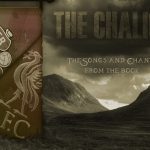
I finished reading your short story! I enjoyed very much! It was very interesting and funny. I could feel you. You did very well!
I have finallly read The Chalice! Excellent. Really enjoyed it. If I had any minor critisisms it would be that it wasn’t clear what the rules were……. I appreciate that it’s basically just a big puch up with the ball as an afterthought……… just as real football started out, but a brief explaination of the basics would have been helpful, and whilst I appreciate that it’s told from the point of view of the Dwarves, it was very one sided and difficult to tell who the opposition were…… clearly humans, but not sure who they were, what tactics they were employing or what their role was, in the grand schme of things, until the end. I know you said that you had to massively cut it down to keep it as a short story, and that this is probably some of the stuff you had to cut out to make it fit. Having said that, though you captured the confusion of the “Battlefield” superbly. Must be difficult to strike a balance. Like I said, just minor points. Really enjoyed it though, as I said. Any and all tales of the Greatest Dwarf in history are much appreciated and eagerly awaited!
You certainly have way with dialog. I enjoyed the realistic quality of the spoken words.
Pacing, tension, mood… all handled very well.
Nicely done.